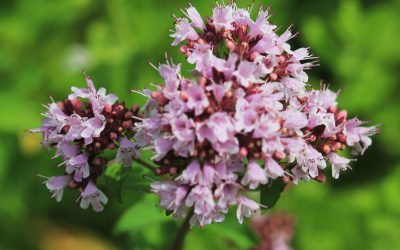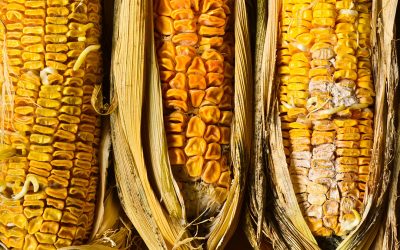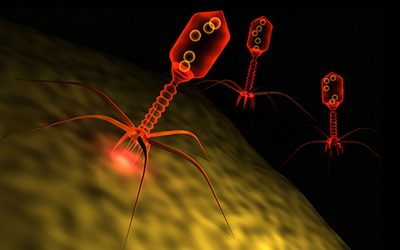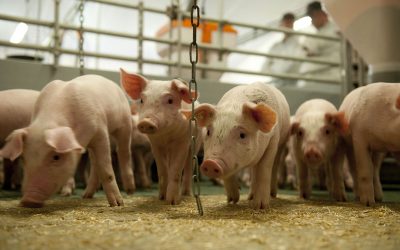Premium yeast fractions to boost the immune system
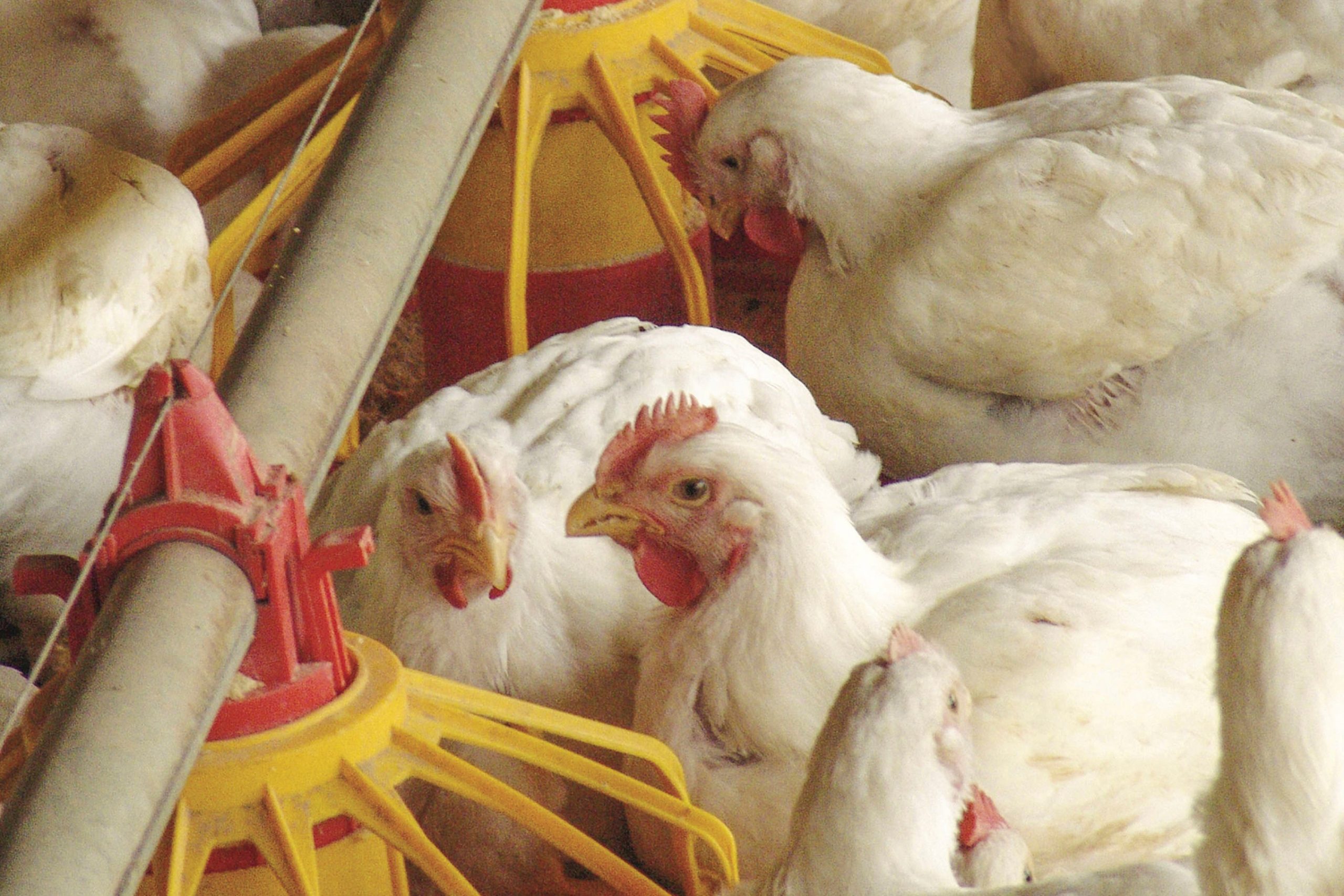
Modern poultry production has allowed the increase of productivity at farm level. However, one of the consequences is a higher susceptibility of the birds to different bacterial or viral diseases. A boost of antibodies through premium yeast fractions supplementation can help to make vaccination programmes more effective.
Biosecurity and farm management are the basis for limiting the effects of this higher susceptibility. Vaccination and antibiotic treatment are also helpful in preventing the diseases and treating the birds. But how can we make the vaccination more efficacious, especially today when antibiotics have to be used more and more cautiously?
To guarantee an optimal efficacy of the vaccination, several parameters have to be handled:
- Vaccinate birds only when they are in good health; Use a vaccine with the proper strain against a pathogenic viral or bacterial serotype. Very often there is no cross protection between the different serotypes
- 1 bird, 1 dose
- Respect the good route of administration for live vaccines: a digestive virus must be applied by drinking water and a respiratory virus must be applied by spray or eye-drop
- Respect the good mode of administration: each vaccine supplier should give a check list with the different points to follow: preparation of the vaccine solution, preparation of the birds, etc.
Increasing the level of vaccine response
We can also use a potentiator (reagent that enhances sensitisation of an antigen) to increase the level of the vaccine response: higher level of antibodies. The premium yeast fraction Safmannan® is a good potentiator, to be used around a vaccination. Safmannan, premium yeast fraction, supplied by Phileo, contains β-glucans and mannans which are able to activate different receptors (dectins, TLRs, Galectins) at the surface of important immune cells (dendritic cells and macrophages). This interaction enables a faster reaction of the adaptive immune system against a pathogen or a vaccine (which is in fact an attenuated pathogen).
The consequence will be a higher vaccine response on birds vaccinated against Newcastle disease (NDV) (Figure 1). Several trials have demonstrated this effect. Gomez-Verduzco et al. vaccinated broilers with a live Newcastle disease vaccine at 10 days, and did blood tests 1 and 2 weeks after the vaccination. The serology method used was the Haemagglutination Inhibition test and a significantly higher antibody response was highlighted by this test done 2 weeks after the vaccination, on the group fed with a feed supplemented with Safmannan.
Another trial done was done in 2016 (S. V. Rama Rao et al., unpublished) on broilers challenged with a natural heat stress (maximum temperature reaching at least 35°C every day in the shed till 42 days). The birds were vaccinated with a Newcastle live vaccine (La Sota) at 7 and 28 days old (Figure 2).
Even in heat stress conditions, we can get good vaccine response on broilers vaccinated against Newcastle disease. At 21 days, no difference in the blood samples. In fact, the vaccination at day 7 was applied to get a competitive exclusion against a potential wild virus. At this age, the objective is not to produce a high quantity of antibodies. The booster vaccination at 28 days will enable the production of antibodies by the birds in high quantity. Then at 42 days, the antibody level is significantly higher thanks to the incorporation of Safmannan into the feed.
Raising the barriers of the innate immune system
It is possible to help the adaptive immune system to be more efficacious after a vaccination. This specific reaction is associated with a non-specific one, called the innate immunity. Whatever the pathogen is contaminating the birds, the innate immunity will try to fight against it with the same defence lines:
First defence line:
- Physical barriers: skin, epithelium, tight junction, mucus on epithelial cells, trachea cilia flutter, gut peristalsis.
- Chemical barriers: fatty acids, lysozyme, proventricular pH acidity, antibacterial peptides (Paneth cells)…
- Microbiologic barriers: normal gut flora, competition against pathogen and bacteriocins…
Second defence line:
- Phagocytes, able to eliminate bacteria opsonized by the complement system
- Mast cells, able to ‘wake up’ the immune system when there is an infection
- Natural Killer cells, able to kill directly virus infected cells or tumour cells
Preserving good gut integrity
As 70% of the bird immune system capacity is located in the digestive tract, it is important to preserve the good gut integrity. The chronic intestinal inflammation, due to the high feed intake of modern poultry breeds, has to be controlled. Safmannan can help the innate immune system to be better prepared against an infection. This is done via the following mode of actions:
- Pathogen binding (E. coli, Salmonella enterica, Clostridium perfringens) which decreases the pressure of these bacteria in the intestinal tract.
- Increased goblet cells number, which means a better epithelial cells barrier with a thicker mucus layer protecting the epithelium of the gut.
- Safmannan decreases at some dosage certain pro-inflammatory cytokines release (IL-6) (Zhang et al., 2008): then with a non-exaggerated inflammation: limits the chronic inflammation due to high feed intake, which is the ‘ugly’ part of the innate immunity.
And less inflammation means preservation of the tight junctions: no translocation of pathogens from the gut to the organs (E. coli, Enterococcus…).
Conclusion
The association of the adaptive and the innate immunity is most of the time strong enough to prevent diseases. Safmannan helps this system to be faster and stronger. But nothing can be done if the birds don’t find what they need in the feed to build an efficacious immune system and if they grow up in stressful conditions.
Author:
Alain Riggi, Global Poultry Manager, Phileo





